EUR 2.100.000
5 slk
342 m²


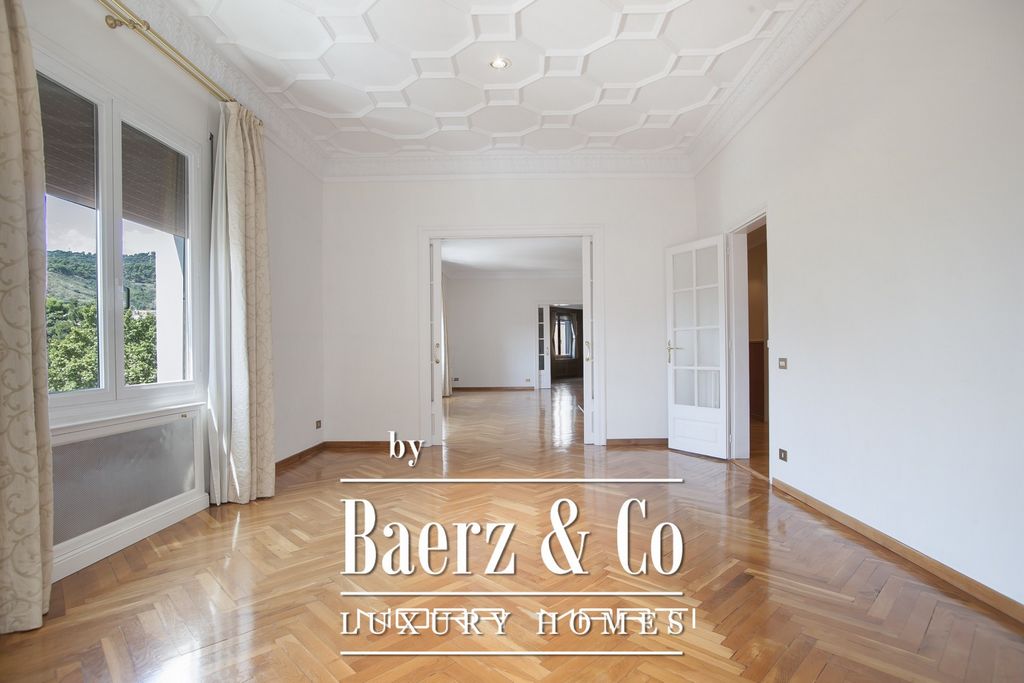
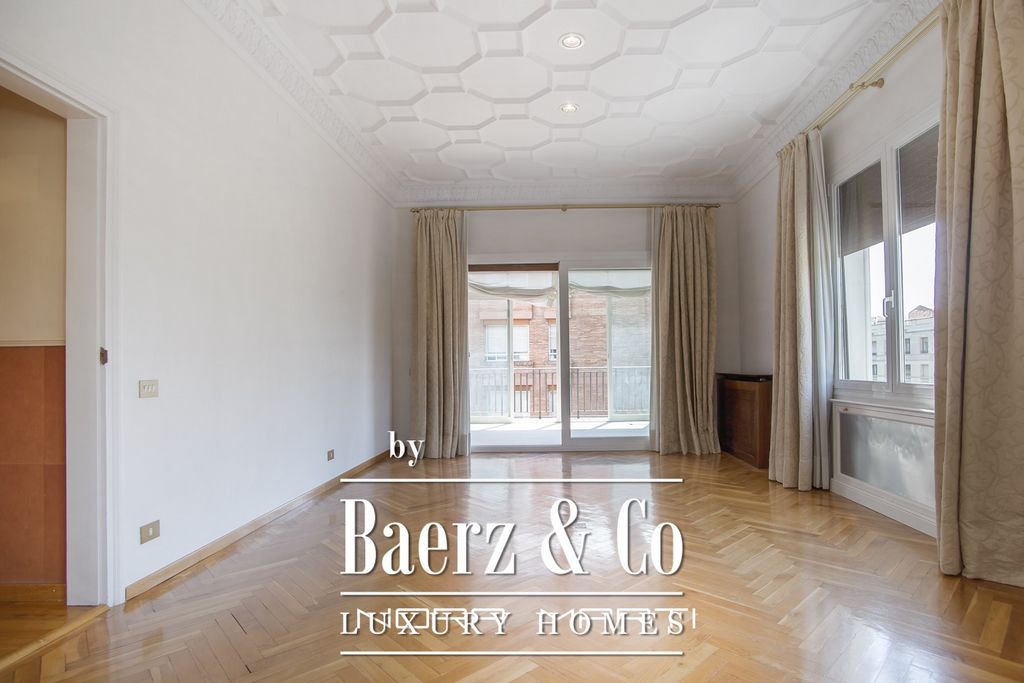
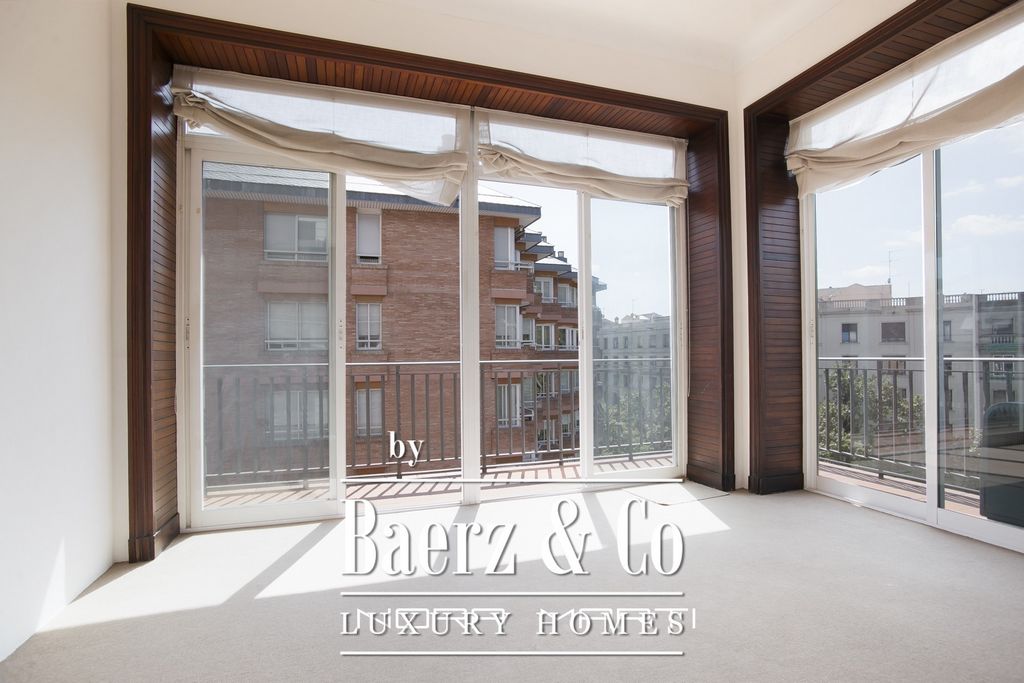

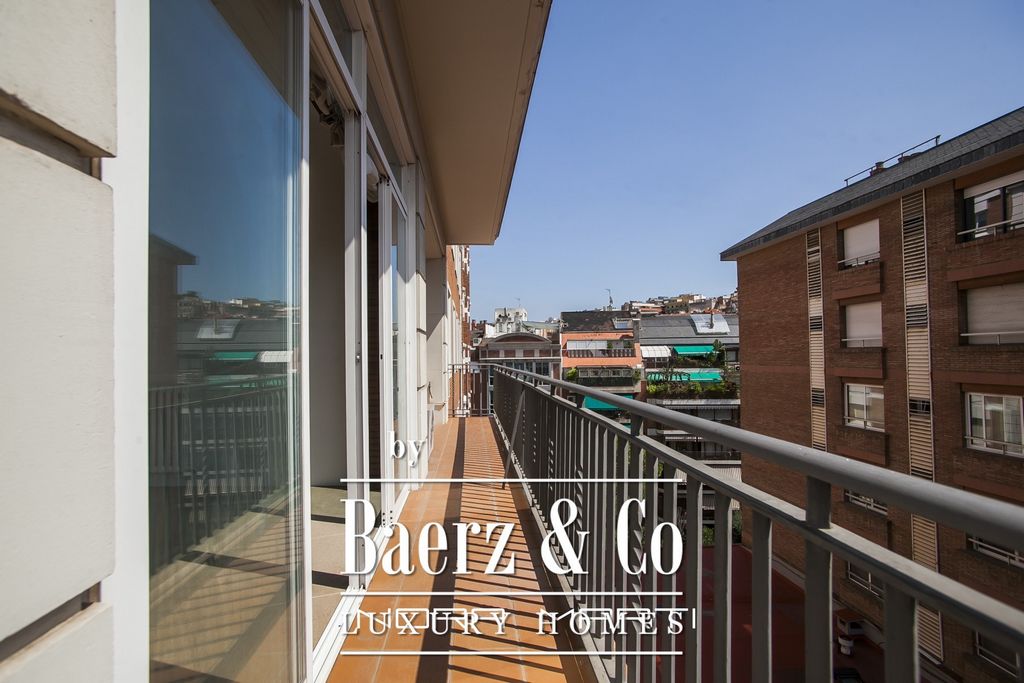
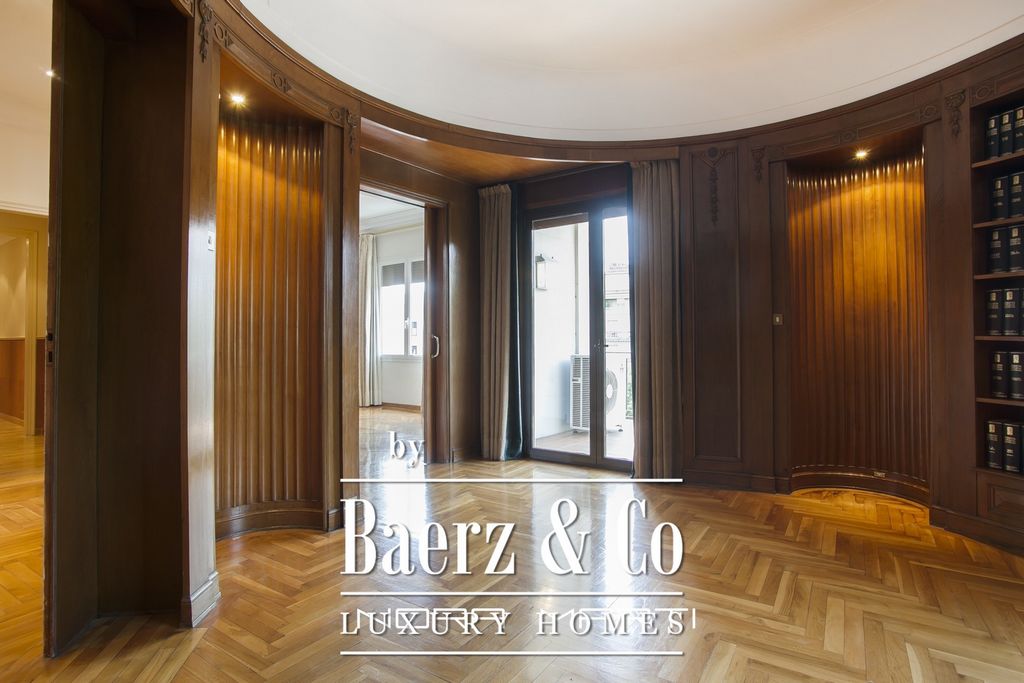
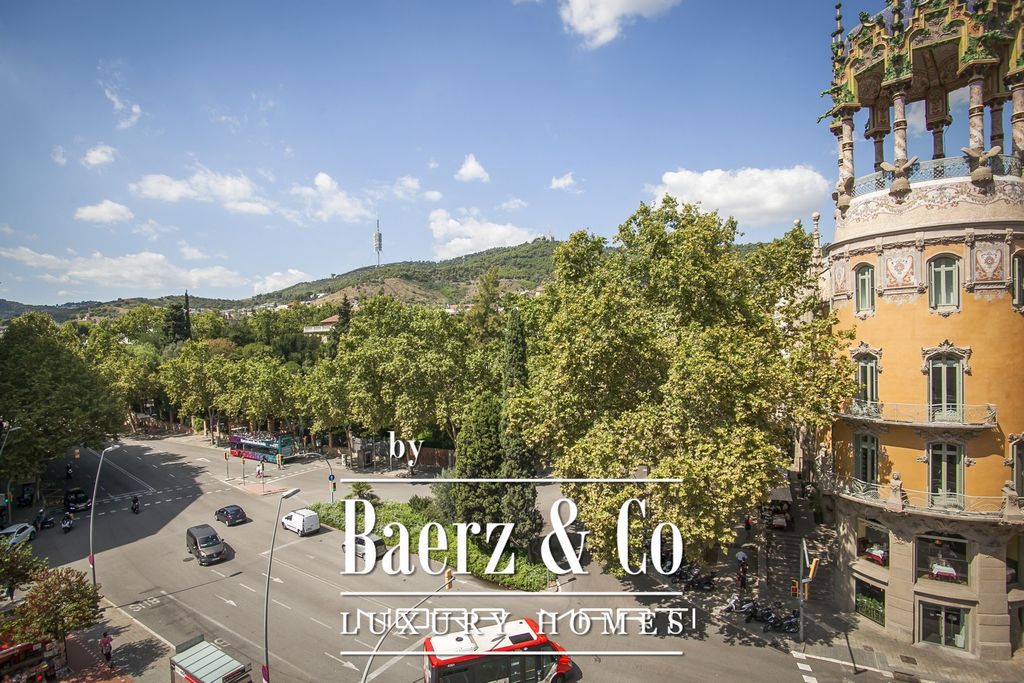

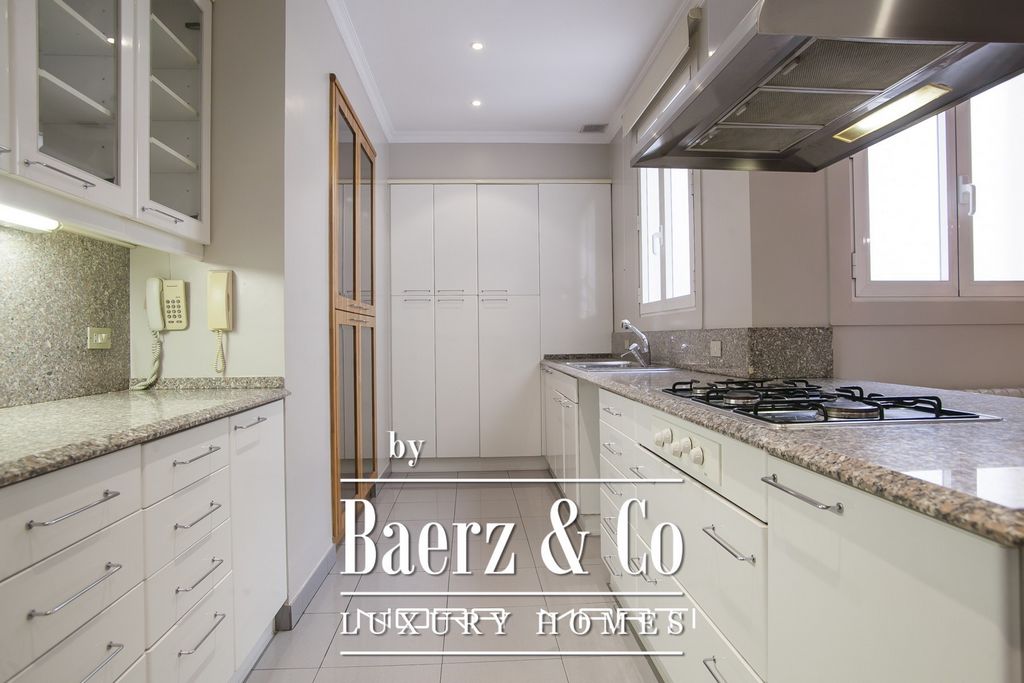
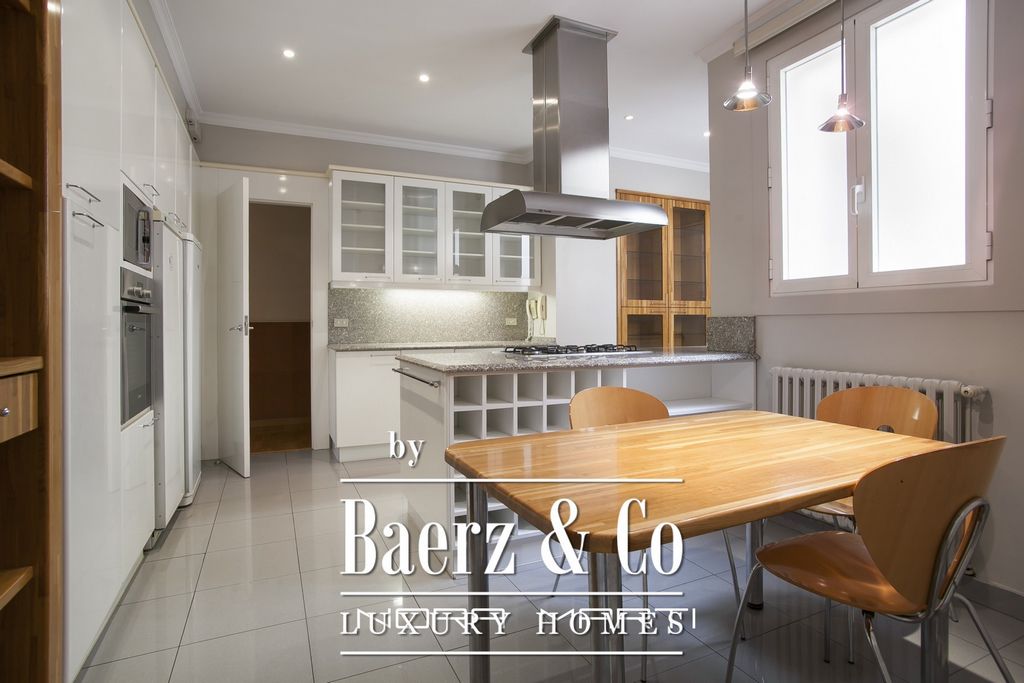
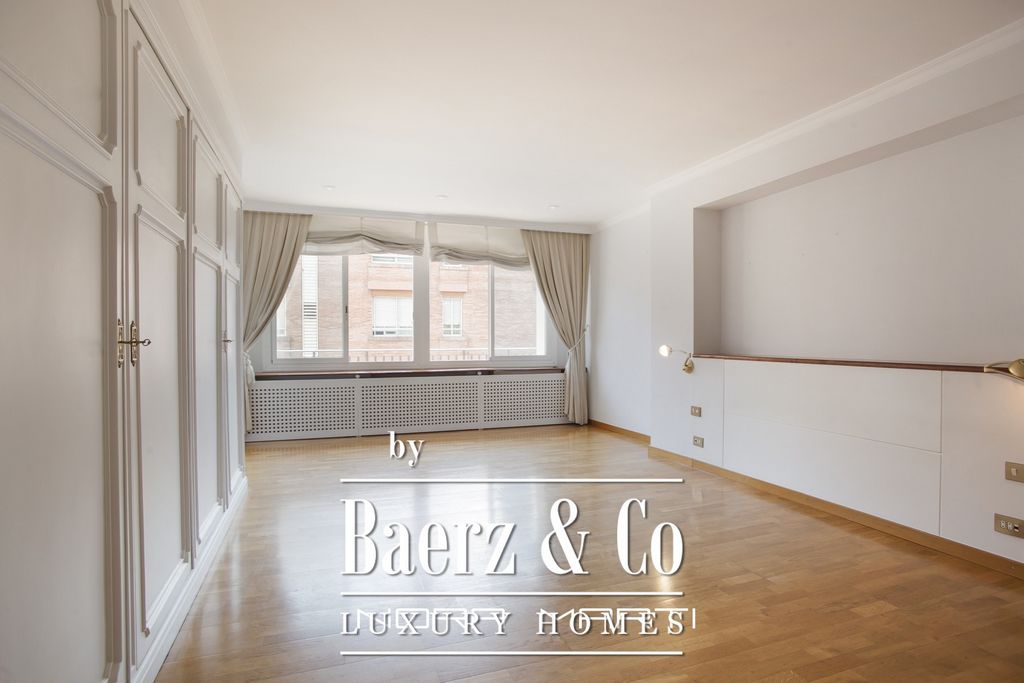



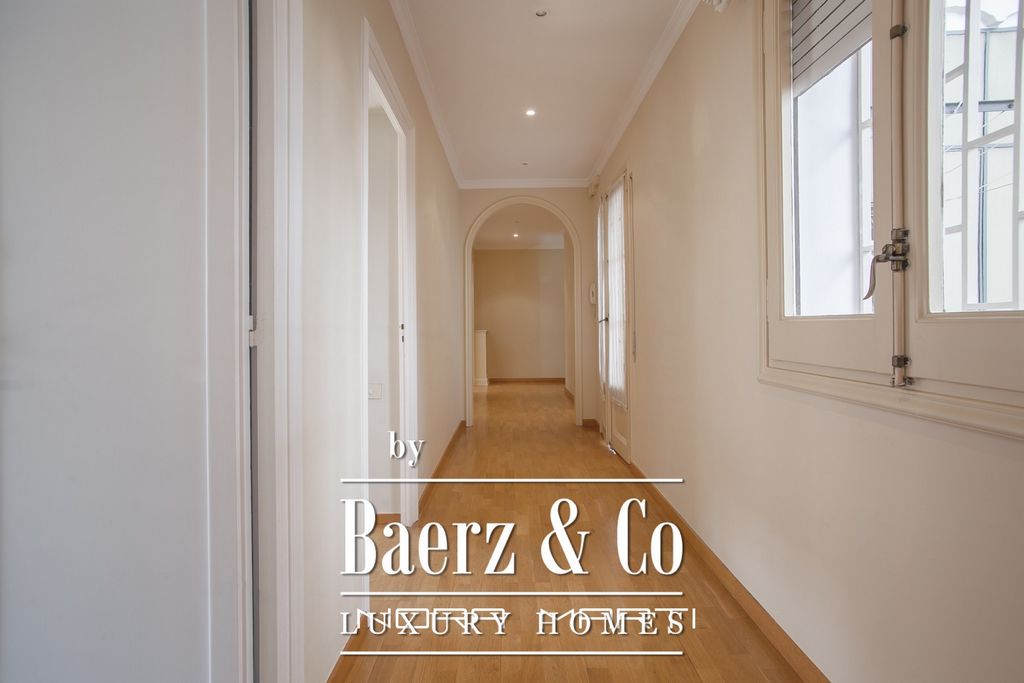
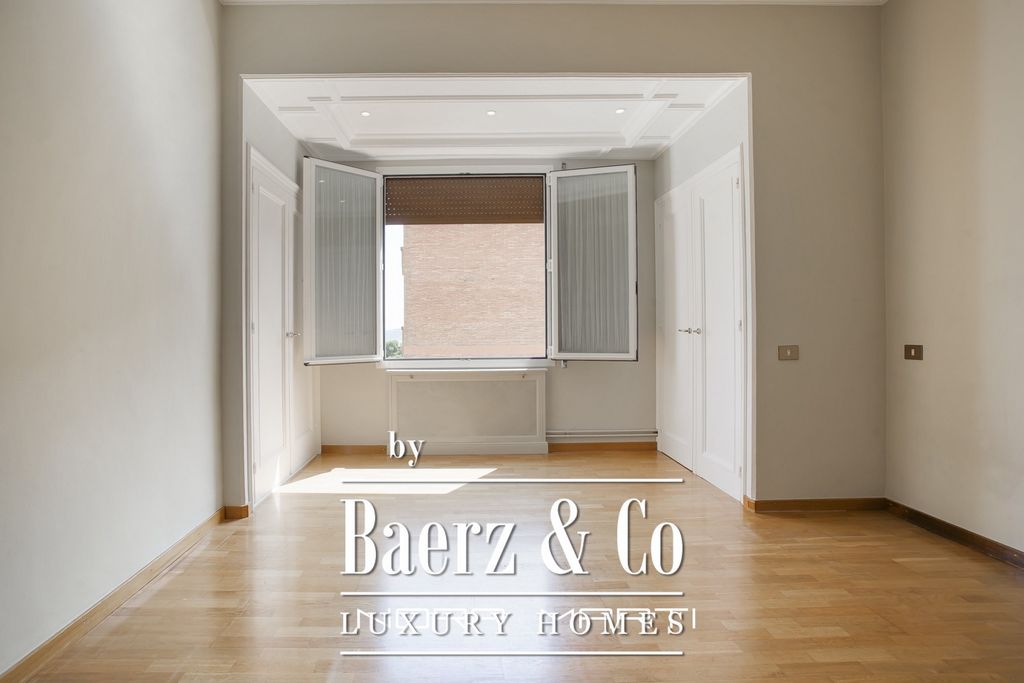

Of a constructed surface area according to cadastre: 454m² (373m² corresponding to housing and 81m² to common spaces). The house has 350m² and the terraces 51m².The impressive entrance has a large hall, a renovated guest bathroom and a library or office with a balcony, adjacent to the spacious living room with fireplace. With completely clear views.
The dining area and the covered terrace are located after the living room (it can be opened again as it was originally). The terrace, facing southwest and with an area of 27m², is currently semi-covered, having been initially designed as a children's play area, but can be reopened. In the north orientation we have a balcony of almost 9m2 and, next to the kitchen, an interior gallery of 16m2.
The office-type kitchen is very spacious, bright and airy, highlighted by the entry of natural light through the light patio.
Adjacent to the kitchen is a service area with a double bedroom and full bathroom. The water area is exterior and has a large gallery that faces the same light patio and has a large space to hang clothes.
The night area consists of 5 bedrooms, 2 of them en suite, another 2 doubles, one single. The master suite has a dressing room, built-in wardrobes and an exterior bathroom with natural light and a whirlpool bathtub.
It has a classic distribution that highlights large spaces, wide hallways and the entrance of lots of natural light from three sides. The apartment has Split air conditioning in two areas of the house, built-in wardrobes, high coffered ceilings and very well preserved herringbone wood floors.
The property has an entrance and service elevator.
*The price includes 2 generous storage rooms and two parking spaces. Possibility of purchasing a third parking space.Area with all services, both commercial, leisure and public transport. Buses and Railway of Avda. Tibidabo.Paseo de Sant Gervasi is a street in the city of Barcelona, located in the Sant Gervasi-Bonanova neighborhood. The walk connects Plaza de la Bonanova with Plaza de Alfonso Comín, passing through Plaza de John F. Kennedy. In this square we find the modernist building of the Rotonda that is on the corner of Tibidabo Avenue.
The name of the street comes from Sant Gervasi, a martyr venerated as a saint for different Christian confessions, who was murdered in the 4th century in the city of Milan, after receiving multiple blows. However, it is unavoidable to point out the relationship with the place name that gave its name to the old municipality of Sant Gervasi de Cazuelas.
The current name of the road was established on June 14, 1927.La Bonanova coincides with the original nucleus of the old Sant Gervasi, an eminently rural territory until it was transformed when it was chosen as the place of residence of the Barcelona upper bourgeoisie.
One of the most interesting walks we can take in the neighborhood takes us along the Avinguda del Tibidabo with excellent examples of residential architecture where the most important architects (Enric Sagnier, Joan Rubió i Bellver or Josep Puig i Cadafalch) come together. To ascend and descend to the highest part of this stately avenue we have the option of using the Tramvia Blau, which has been transporting travelers since 1901 when Dr. Andreu considered it the essential transportation system for his mountain urbanization project. For years it has been the only tram line that the city has had.
At the foot of the Tibidabo avenue we find the well-kept gardens of La Tamarita, belonging to the Craywinckel families, first, and Mata, later. The enclosure was designed by Nicolau Maria Rubio i Tudurí, a garden engineer active in the city in the 1920s and 1930s.
In the mid-19th century, Sant Gervasi was discovered by the Barcelona bourgeoisie and the first urbanization began.
Some of the notable buildings in the neighborhood are the Rotonda, the Frare Blanc and the Bellesguard, the latter a work by Gaudí. Other notable urban elements are the Sant Gervasi cemetery, the La Tamarita gardens, designed by Rubió i Tudurí in 1918 on a private estate and inaugurated as a public park in 1994, or the old Casacuberta factory, the work of Josep Domènech i Estapà, rehabilitated and recently complemented with a new building as a science museum. Meer bekijken Minder bekijken Located in one of the most beautiful properties in Plaza Kennedy next to Tibidabo Avenue, and with views of the emblematic Rotonda building, we find this elegant and distinguished home.
Of a constructed surface area according to cadastre: 454m² (373m² corresponding to housing and 81m² to common spaces). The house has 350m² and the terraces 51m².The impressive entrance has a large hall, a renovated guest bathroom and a library or office with a balcony, adjacent to the spacious living room with fireplace. With completely clear views.
The dining area and the covered terrace are located after the living room (it can be opened again as it was originally). The terrace, facing southwest and with an area of 27m², is currently semi-covered, having been initially designed as a children's play area, but can be reopened. In the north orientation we have a balcony of almost 9m2 and, next to the kitchen, an interior gallery of 16m2.
The office-type kitchen is very spacious, bright and airy, highlighted by the entry of natural light through the light patio.
Adjacent to the kitchen is a service area with a double bedroom and full bathroom. The water area is exterior and has a large gallery that faces the same light patio and has a large space to hang clothes.
The night area consists of 5 bedrooms, 2 of them en suite, another 2 doubles, one single. The master suite has a dressing room, built-in wardrobes and an exterior bathroom with natural light and a whirlpool bathtub.
It has a classic distribution that highlights large spaces, wide hallways and the entrance of lots of natural light from three sides. The apartment has Split air conditioning in two areas of the house, built-in wardrobes, high coffered ceilings and very well preserved herringbone wood floors.
The property has an entrance and service elevator.
*The price includes 2 generous storage rooms and two parking spaces. Possibility of purchasing a third parking space.Area with all services, both commercial, leisure and public transport. Buses and Railway of Avda. Tibidabo.Paseo de Sant Gervasi is a street in the city of Barcelona, located in the Sant Gervasi-Bonanova neighborhood. The walk connects Plaza de la Bonanova with Plaza de Alfonso Comín, passing through Plaza de John F. Kennedy. In this square we find the modernist building of the Rotonda that is on the corner of Tibidabo Avenue.
The name of the street comes from Sant Gervasi, a martyr venerated as a saint for different Christian confessions, who was murdered in the 4th century in the city of Milan, after receiving multiple blows. However, it is unavoidable to point out the relationship with the place name that gave its name to the old municipality of Sant Gervasi de Cazuelas.
The current name of the road was established on June 14, 1927.La Bonanova coincides with the original nucleus of the old Sant Gervasi, an eminently rural territory until it was transformed when it was chosen as the place of residence of the Barcelona upper bourgeoisie.
One of the most interesting walks we can take in the neighborhood takes us along the Avinguda del Tibidabo with excellent examples of residential architecture where the most important architects (Enric Sagnier, Joan Rubió i Bellver or Josep Puig i Cadafalch) come together. To ascend and descend to the highest part of this stately avenue we have the option of using the Tramvia Blau, which has been transporting travelers since 1901 when Dr. Andreu considered it the essential transportation system for his mountain urbanization project. For years it has been the only tram line that the city has had.
At the foot of the Tibidabo avenue we find the well-kept gardens of La Tamarita, belonging to the Craywinckel families, first, and Mata, later. The enclosure was designed by Nicolau Maria Rubio i Tudurí, a garden engineer active in the city in the 1920s and 1930s.
In the mid-19th century, Sant Gervasi was discovered by the Barcelona bourgeoisie and the first urbanization began.
Some of the notable buildings in the neighborhood are the Rotonda, the Frare Blanc and the Bellesguard, the latter a work by Gaudí. Other notable urban elements are the Sant Gervasi cemetery, the La Tamarita gardens, designed by Rubió i Tudurí in 1918 on a private estate and inaugurated as a public park in 1994, or the old Casacuberta factory, the work of Josep Domènech i Estapà, rehabilitated and recently complemented with a new building as a science museum.